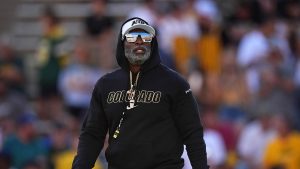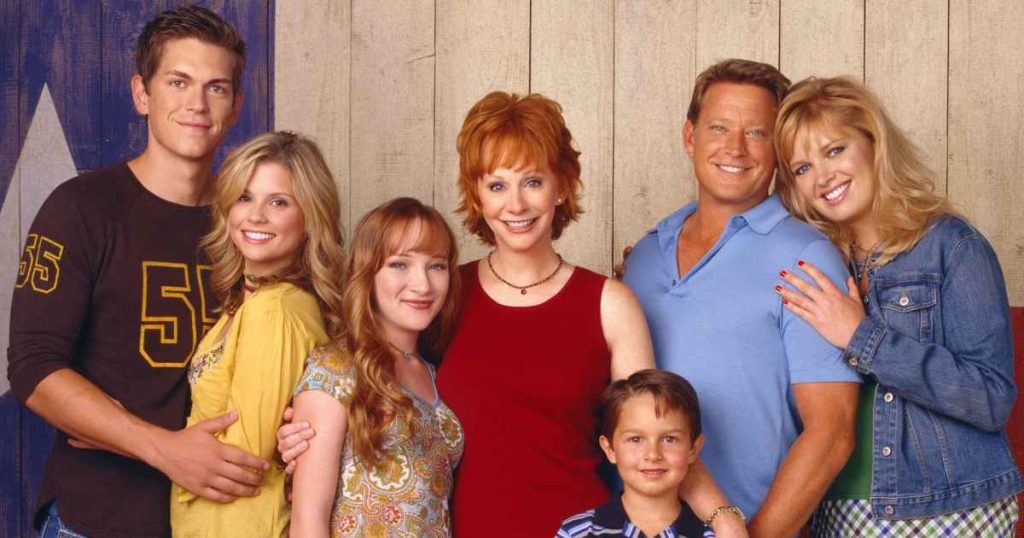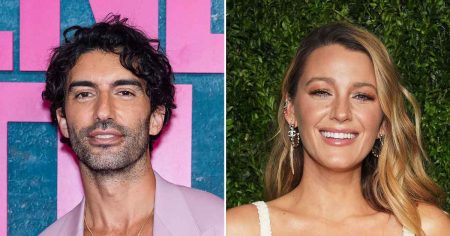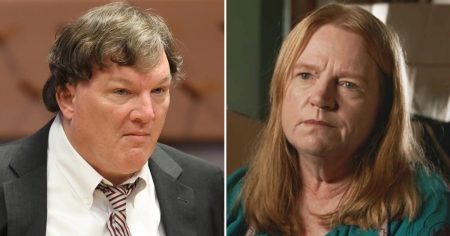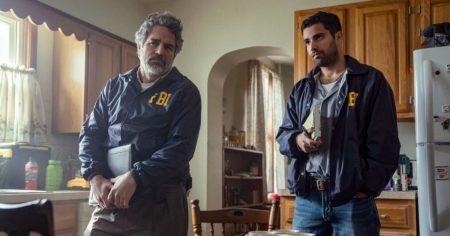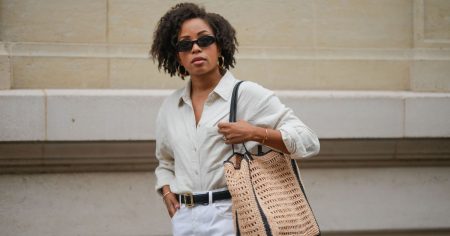Reba McEntire’s sitcom, Reba, which ran from 2001 to 2007, has left an undeniable mark on television history. The show, starring McEntire, Melissa Peterman, Christopher Rich, JoAnna Garcia Swisher, and Steve Howey, resonated with audiences due to its relatable portrayal of family dynamics, humor, and heartwarming moments. Nearly two decades later, the magic of Reba is being rekindled in a new form with McEntire and Peterman reuniting on Happy’s Place, a sitcom also helmed by Reba’s executive producer, Kevin Abbott. While Happy’s Place boasts a fresh narrative and new characters, it subtly captures the essence of its predecessor, retaining the core elements that made Reba so beloved.
The reunion of McEntire and Peterman on Happy’s Place isn’t merely a nostalgic trip down memory lane; it’s a testament to the enduring chemistry and comedic brilliance of the duo. Peterman acknowledges the distinct difference between the two shows, emphasizing that the dynamic between their new characters, Happy and Gabby, is unique. Unlike Barbara Jean and Reba’s somewhat forced relationship in Reba, forged through marriage to the same man, Happy and Gabby’s connection in Happy’s Place stems from a genuine friendship. This shift in dynamic injects a new energy into their interactions, allowing the actresses to explore uncharted territory while still showcasing their trademark comedic timing.
While Happy’s Place carves its own path, it doesn’t shy away from acknowledging the legacy of Reba. The show subtly incorporates elements that resonate with fans of the original sitcom, such as the warm, familial atmosphere and witty banter. However, Happy’s Place expands beyond the traditional family sitcom structure, exploring the complexities of blended families and the concept of finding a sense of belonging in the workplace. This fresh perspective allows the show to resonate with a contemporary audience while retaining the heart and humor that defined Reba.
The inclusion of Steve Howey, another Reba alum, further strengthens the connection between the two shows. Howey’s character, Danny, adds another layer of familiarity for long-time fans, while simultaneously contributing a new dimension to the Happy’s Place ensemble. Howey himself recognizes the evolution of his acting approach over the past two decades, bringing a richer depth of experience to his portrayal of Danny. He emphasizes the distinction between Danny and his previous Reba character, Van, highlighting the unique dynamics and relationships within the Happy’s Place narrative.
The success of Happy’s Place hinges on its ability to balance nostalgia with originality. The show pays homage to Reba by incorporating familiar faces and a similar comedic tone, but it avoids becoming a mere replica. The new characters, storylines, and focus on blended families and workplace dynamics allow Happy’s Place to stand on its own merits while still appealing to the dedicated fanbase of Reba. This delicate balance allows the show to capture the hearts of both old and new viewers.
The casting of Reba alumni in Happy’s Place is more than just a clever marketing strategy; it’s a celebration of the enduring impact of the original sitcom. The reunion of McEntire, Peterman, and Howey brings a sense of warmth and familiarity to the new show, reminding viewers of the comfort and laughter that Reba provided. While Happy’s Place forges its own path, it does so with a nod to its predecessor, ensuring that the spirit of Reba lives on in this new and exciting venture. The inclusion of these familiar faces speaks volumes about the lasting impact of Reba and the enduring chemistry between its cast members.


